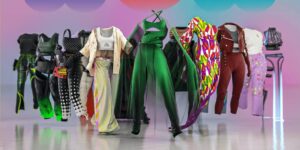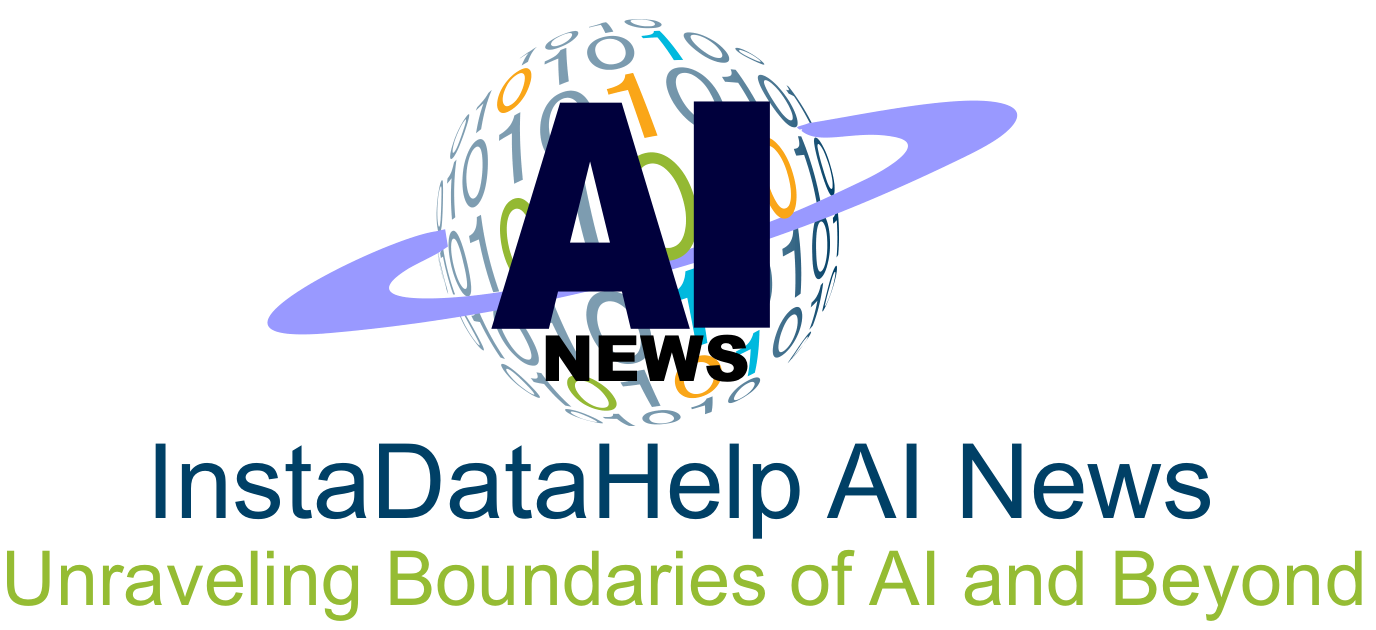Artificial intelligence can be seen transforming the creative industries, with artists, musicians, and designers finding new ways to use AI to generate new ideas, create new works, and explore new possibilities. Let’s take a dive into it to understand more about it!
One of the most exciting areas of AI research is Generative AI, which refers to the development of algorithms and techniques that can create new content, such as images, music, and text. Generative AI models are trained on large datasets of existing content, and they can then use this data to generate new content that is similar to the data they were trained on.
There are a number of AI-assisted creativity tools available that can help artists, musicians, and designers to generate new ideas and create new works. These tools range from simple AI-powered brainstorming tools to more complex AI-powered composition and design tools.
There are a number of examples of AI-generated art and music that have been created using generative AI models. Some of the most notable examples include:
- The Portrait of Edmond de Belamy, a painting created by the AI-powered art collective Obvious.
- The song “Daddy’s Little Monster,” a song composed by the AI-powered music composer Amper Music.
- The AI-generated fashion designs by the fashion design company The Fabricant.

The use of AI in the creative process raises a number of ethical and philosophical questions. Some people argue that AI will eventually replace human creativity, while others believe that AI will simply augment human creativity and allow artists, musicians, and designers to do more with their creativity.
There are also concerns about the potential for AI to be used to create harmful or offensive content. For example, AI could be used to generate deepfakes, which are videos or images that have been manipulated to make it appear as if someone is saying or doing something they never said or did.
Despite these concerns, the potential benefits of AI for creativity are significant. AI can help artists, musicians, and designers to generate new ideas, create new works, and explore new possibilities. As AI continues to develop, it is likely to play an increasingly important role in the creative process.
